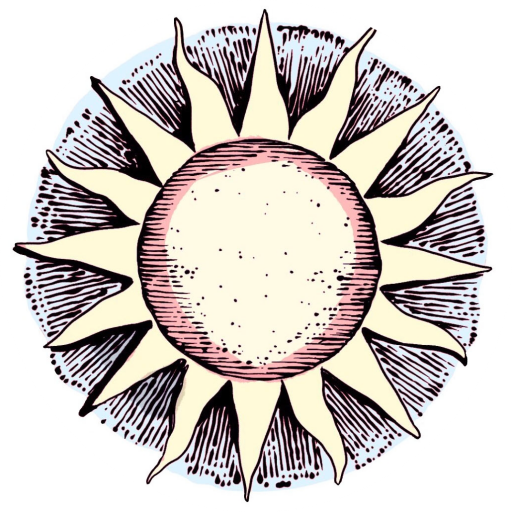‘‘The Refuge for Deer with Chronic Wasting Disease’ is better known by a rather unsavory nickname: ‘The Buck Stop.’ This is probably for the best, given that there is very little savory about the enterprise and travelers with any amount of sense will understand the distinction and choose to avoid it.
Masquerading as a care facility, ‘The Buck Stop’ is a zoo by way of disaster tourism. Its keepers gather up the district’s prion-infested wildlife and place them in pens that are carefully designed to extend their torment for as long as possible. The result is a grotesque dissonance between luxuriously outfitted habitats and the insane, decrepit animals that pace their interiors, waiting for a death that won’t seem to arrive.
‘The Buck Stop’ receives considerable state funds for this service. Beyond that, the less that’s said about it, the better.’
Among the many frustrations this journey has offered is the unapologetic hypocrisy with which Autumn by the Wayside will feature a destination for its moral bankruptcy. Surely if the place were an irredeemable blight it would be better not to mention it at all, right? The author of Autumn by the Wayside, maybe me, sometimes writes as though the guide has competition in the publishing world- as though there are other books like it out there. That’s not been my experience. Some of these sites have a web presence. Some of them put up signs or distribute brochures, but Autumn by the Wayside is the only place I’ve found them collected.
And some of these destinations aren’t mentioned anywhere else. Some turn up empty web searches- even those with common names, as though they’ve been scrubbed from the internet. The author, whether he chooses to believe it or not, is placing pins on a map and because I’m a completionist, because I have no idea what I would do otherwise, I am chasing the pins.
‘The Buck Stop’ is one of a number of places that make me re-think the journey entirely. It is as bad as it seems it would be. The habitats are done up in the cartoon rubber that one finds in mall-based children’s play-places. The deer batter their heads against it. They throw themselves at the ground, squawking and whimpering. The smell of death hangs in the air and though much of the signage is dedicated to the impossible transmission of prions across the habitat boundaries, I’ve kenneled Hector miles away and I wear a mask, myself.
Some of the deer seem to have been given habitats to suit their symptoms. It’s unclear as to whether this is a matter of display or an attempt at comfort. A round field houses deer that turn relentless circles. Pillowy sod lines the dens of those that prance drunkenly with each step. The smallest enclosure holds several specimens that have lain down and are seemingly unable or unwilling to get up. Their chests rise with frantic breaths and the cool autumn air fogs about their mouths.
The thing Autumn by the Wayside fails to mention is that the deer each have a price- not to buy, but to kill. ‘The Buck Stop’ has spun this as an act of supreme empathy and a sacrifice on their part, really, because it is an institution devoted to letting nature take its course. For a donation, visitors can end the life of any deer on display and have the corpse destroyed in a nightly burn-pit. Pictures of the donors are up on the wall of the gift shop. None of them look particularly happy.
The last thing I would note, to supplement the sparse write-up included in the guide, is that someone has decided to price the deer based on their condition at the start of the day. The less the deer has suffered, the more it costs to put them out of their misery.
One man shows up on the wall again and again. He seems to come by each morning to buy off the cheapest round of deer- to have them killed before they have to endure another day at ‘The Buck Stop.’
I wonder what the deer must think of him.
-traveler
